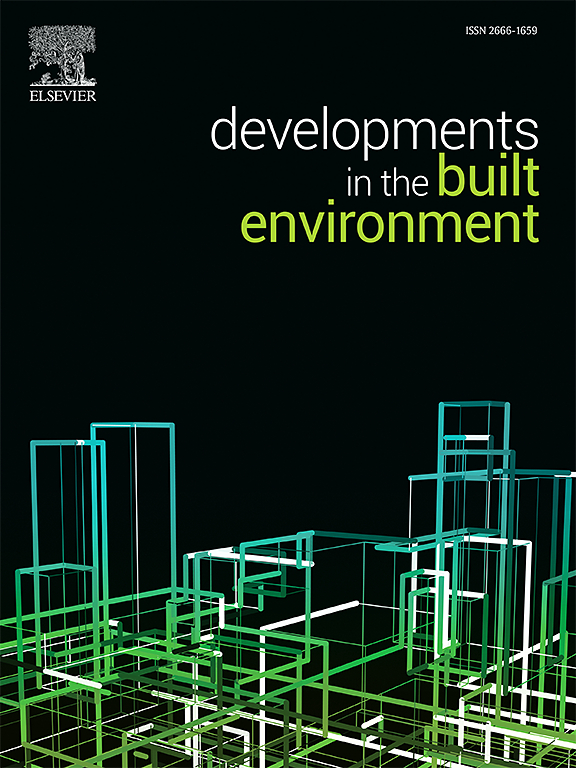掺钢渣骨料cao活化无水泥超高性能混凝土的电学和力学特性
IF 8.2
2区 工程技术
Q1 CONSTRUCTION & BUILDING TECHNOLOGY
引用次数: 0
摘要
本研究提出了一种可持续和智能的替代传统水泥基超高性能混凝土(UHPC)的方法,即开发一种cao活化的GGBFS无水泥超高性能混凝土,该混凝土采用速冷电弧炉氧化渣(REOS)作为天然骨料的替代品。作为一种工业副产品,REOS在提高机械性能的同时促进导电性,在基体内形成高效的导电网络。这些通路具有自我传感能力,允许材料在没有外部传感器的情况下检测应力和应变。实验结果表明,REOS改善了流体的流动性(可达235 mm),并保持了较高的抗压强度(超过200 MPa)。此外,研究发现REOS增强了拉伸性能,拉伸强度超过21 MPa,最大应变容量为0.72%,特别是与0.3%的碳纤维结合时。与不含碳纤维的复合材料相比,碳纤维的掺入显著降低了电阻率。此外,生命周期评估(LCA)显示了REOS的环境效益,与传统的UHPC相比,单位抗压强度的二氧化碳(CO2)排放量降低了约53%。这项研究强调了REOS在提高性能和可持续性方面的多功能性,为集成了先进传感能力并符合循环经济原则的下一代UHPC的开发提供了有价值的见解。本文章由计算机程序翻译,如有差异,请以英文原文为准。
Electrical and mechanical characteristics of CaO-activated cementless ultra-high performance concrete (UHPC) incorporating steel slag aggregates
This study presents a sustainable and intelligent alternative to conventional cement-based ultra-high performance concrete (UHPC) by developing a CaO-activated GGBFS cementless UHPC incorporating rapid-cooled electric arc furnace oxidizing slag (REOS) as a replacement for natural aggregates. As an industrial byproduct, REOS enhances mechanical performance while promoting electrical conductivity, forming efficient conductive networks within the matrix. These pathways enable self-sensing capabilities, allowing the material to detect stress and strain without external sensors. The experimental results showed that REOS improved fluidity (up to 235 mm) and maintained high compressive strength (exceeding 200 MPa). Additionally, it was found that REOS enhanced tensile properties, achieving tensile strength exceeding 21 MPa and maximum strain capacity of 0.72 %, particularly when combined with 0.3 % carbon fiber. The incorporation of carbon fiber significantly reduced electrical resistivity compared to the composite without carbon fiber. Furthermore, a life cycle assessment (LCA) demonstrated the environmental benefits of REOS, showing approximately 53 % lower carbon dioxide (CO2) emissions per unit compressive strength compared to traditional UHPC. This research highlights the multifunctionality of REOS in improving both performance and sustainability, offering valuable insights into the development of next-generation UHPC that integrates advanced sensing capabilities and aligns with circular economy principles.
求助全文
通过发布文献求助,成功后即可免费获取论文全文。
去求助
来源期刊

Developments in the Built Environment
Multiple-
CiteScore
7.40
自引率
1.20%
发文量
31
审稿时长
22 days
期刊介绍:
Developments in the Built Environment (DIBE) is a recently established peer-reviewed gold open access journal, ensuring that all accepted articles are permanently and freely accessible. Focused on civil engineering and the built environment, DIBE publishes original papers and short communications. Encompassing topics such as construction materials and building sustainability, the journal adopts a holistic approach with the aim of benefiting the community.
 求助内容:
求助内容: 应助结果提醒方式:
应助结果提醒方式:


